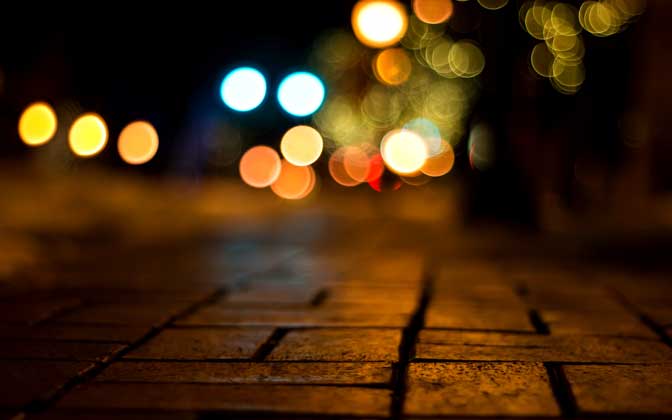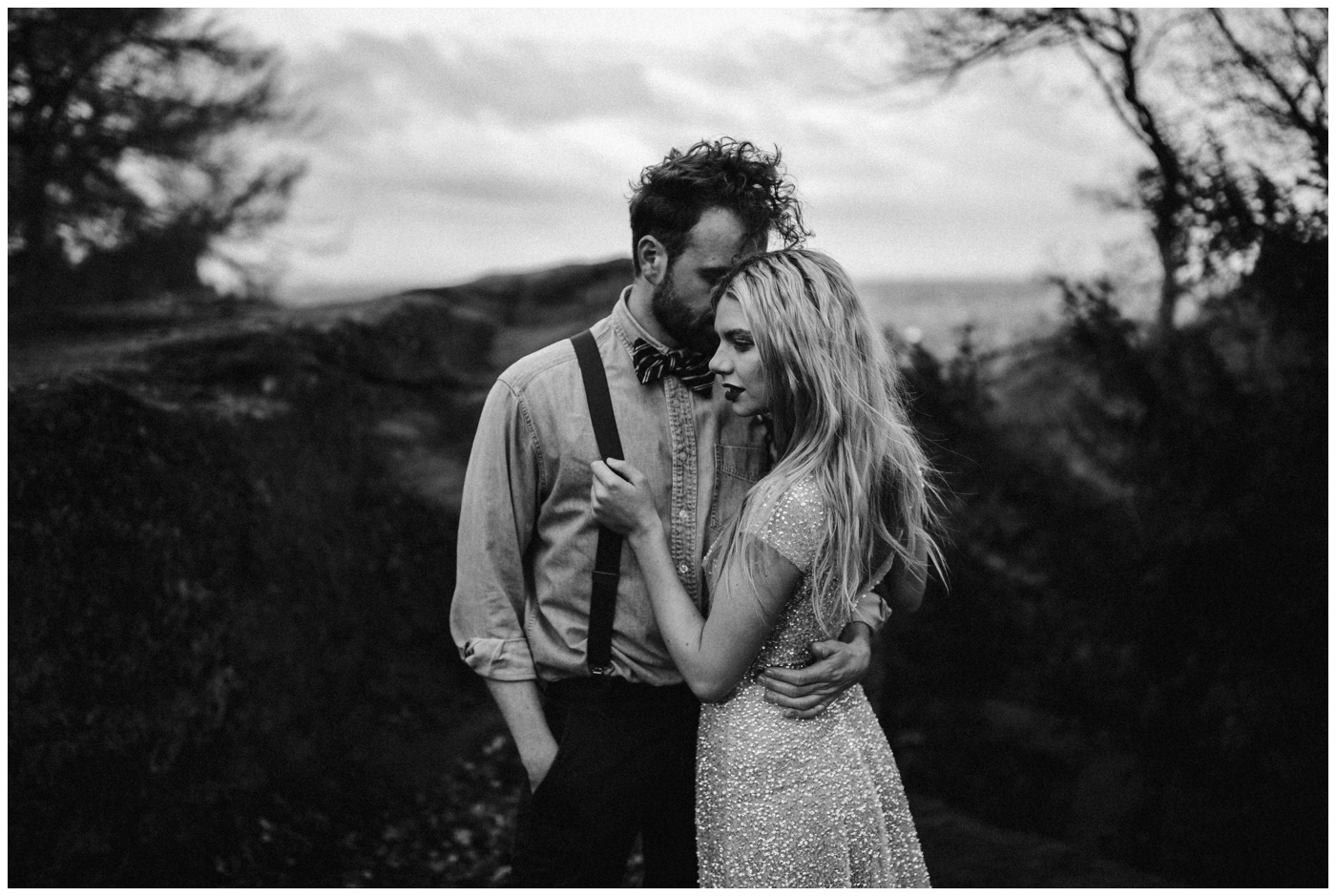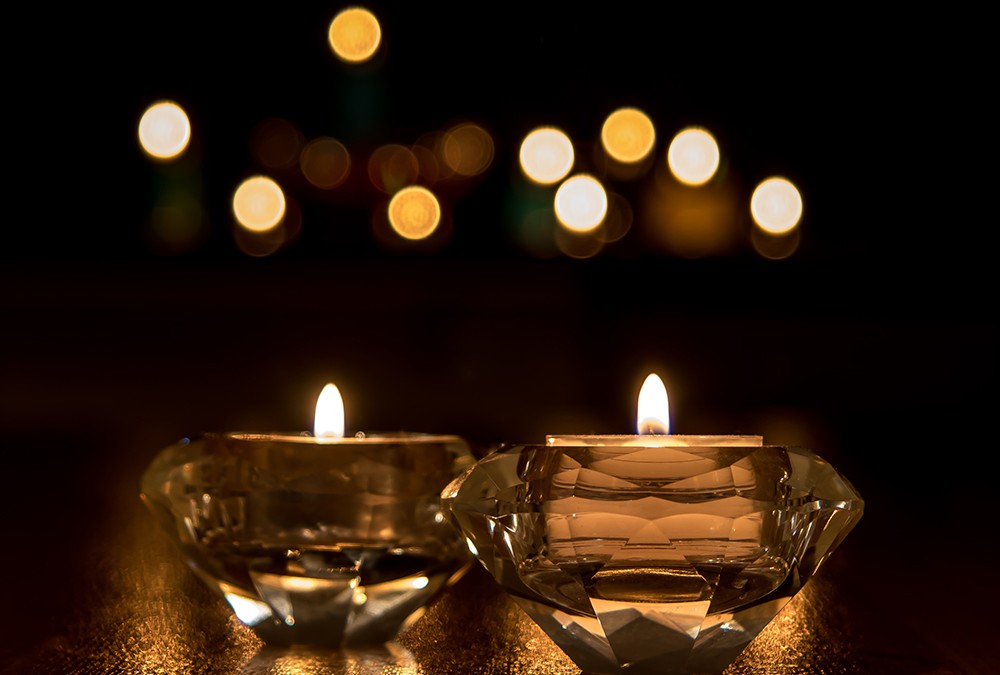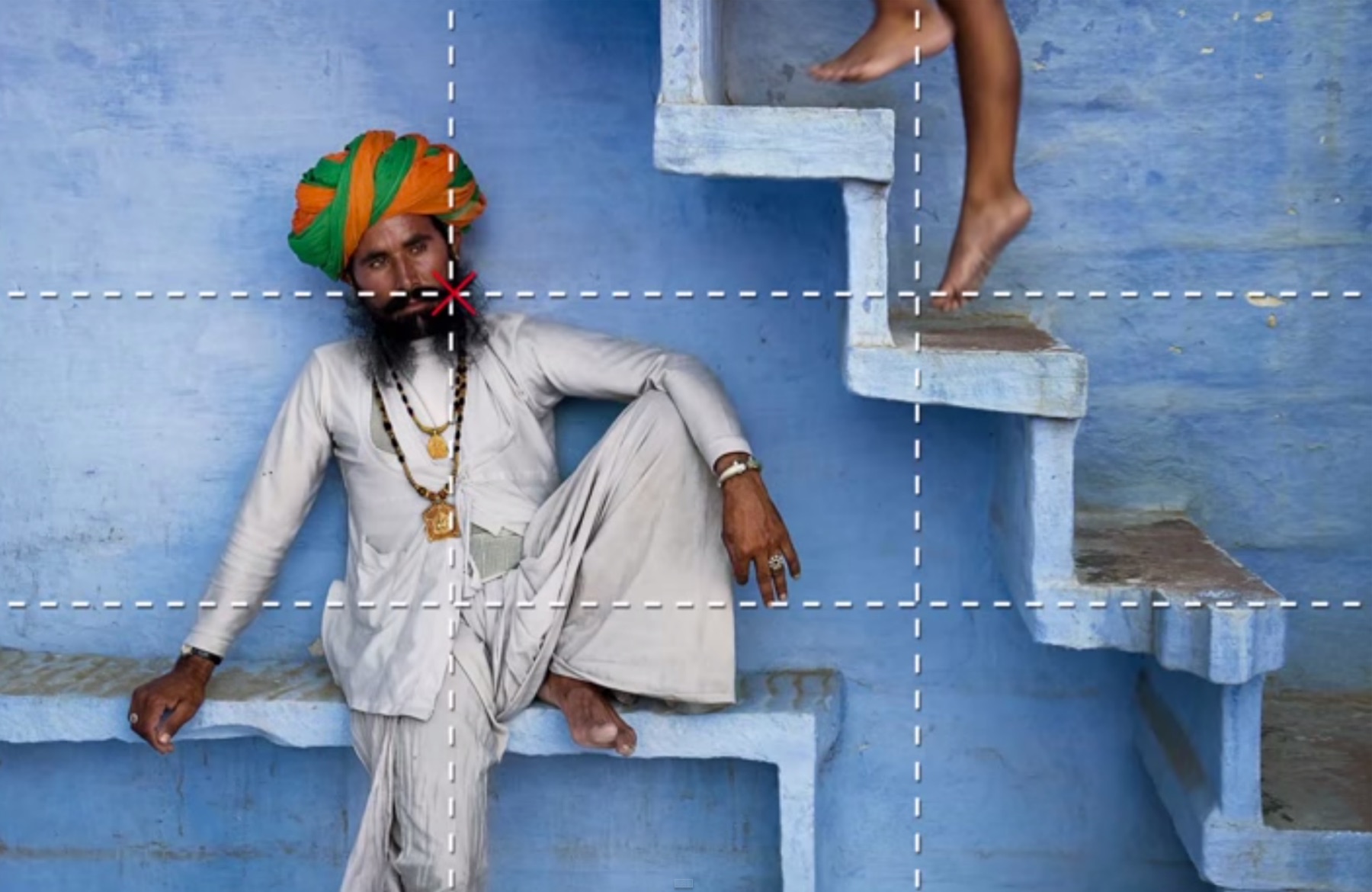If you have done any reading online about photography or spent any time talking to photographers, you would have no doubt heard the word Bokeh come up at least once, but probably much more if truth be known.
So what is this Bokeh then?
The word Bokeh actually comes from the Japanese word boke (暈け or ボケ), which means “blur” or “haze”, or boke-aji (ボケ味), the “blur quality”. The Japanese term boke is also used in the sense of a mental haze or senility.
Photo Techniques magazine introduced the word “bokeh” to the photography world in when the editor at the time (Mike Johnston) commissioned some articles on the topic. Although he changed the spelling to try helping English speakers pronounce it correctly both Bokeh and Boke, have been used since the mid 90’s.
Bokeh describes the interpretation of the out-of-focus points of light and is different from sharpness as that is to do with point of focus. So if there are parts of a photo that are not in focus, that is bokeh.
They say a picture is worth a thousand words and as this site is all about pictures here are a couple of examples of Bokeh.
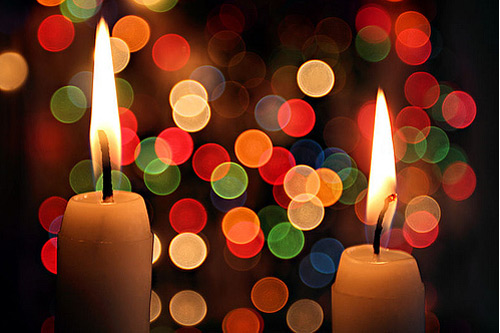
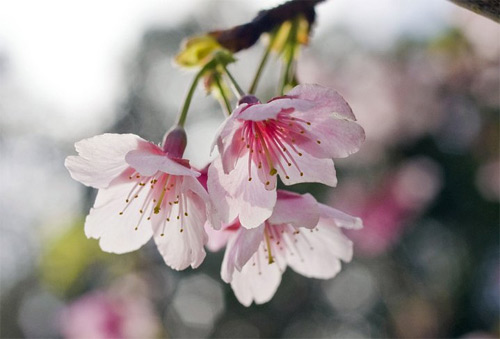
What is good Bokeh?
Backgrounds, where highlight blurs, have soft edges rather than sharp, and there is little distinction between the out-of-focus elements. That should give you pretty decent boken, but as it is highly subjective, there will always be someone who will disagree with mine or your interpretation of it. But that’s OK as pretty much the whole field of photography is subjective so you should be getting used to that now anyway.
Now that you know what Boken means get out there a give it a go. Grab that camera and start playing about with different focal lengths, depth of fields and subjects. Don’t worry if you don’t have a fast lens, just put some distance between the background and your subject. Remember it is not just portraits which have boken, that’s just the most photographed examples you’ll see, portrait images show bokeh very well. In fact, any close-up or macro images will show boken very well. But don’t stop there any image can have boken in it, just get out there and enjoy yourself.
